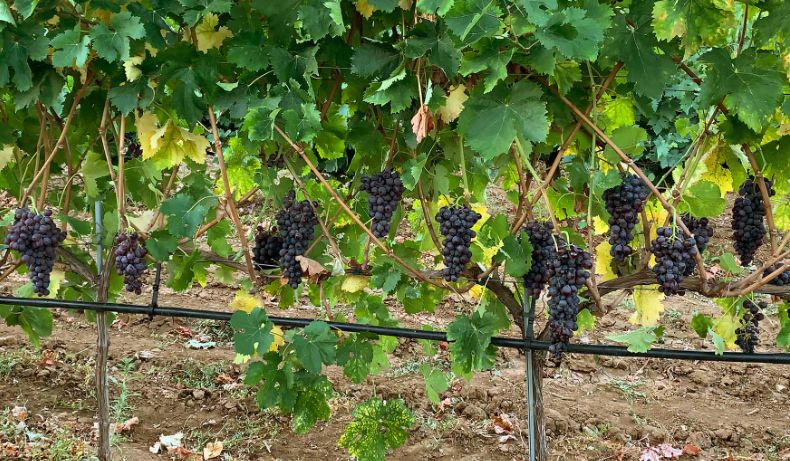
Crete's early harvest star
Liatiko is a variety that we can also encounter with the names Iouliatiko, Liatis, and Mavroliatis. The name seems to originate from the fact that it ripens in July, although a second version suggests that the name is related to the shape of the berry, which resembles an olive.
It originates in Crete, where it is cultivated mainly in the central and eastern parts (Heraklion and Lasithi). Scattered, we find vines also on the Cyclades islands.
It is a variety with a long history, as there are archaeological finds that show that it was cultivated from 300 BC, while later, its participation in the production of the famous Malvasia wine was of great importance.
An early ripening variety, vigorous and productive. Sensitive to drought as well as to diseases and botrytis, as the grape is quite densely clustered and with a thin skin.
It is vinified for the production of rosé and dry red wines, as well as the very important samples of sweet wines, from sun-dried grapes. Both the dry red and the sweet wines can mature in wooden barrels.
Organoleptically, Liatiko gives wines that are light-colored, very soft and pleasant. These characteristics make it an ideal choice for those who love to drink red wines, even in the summer. The alcohol is relatively high, but the balanced acidity, the medium body and the velvety tannins, offer elegant and particularly easy-to-drink wines. Aromas of ripe red fruits and sweet spices are those that predominate on the nose.
As a variety, it participates in the PDO wines of Dafnes and Sitia and can additionally participate in the PDO Malvasia – Sitia and PDO Malvasia Chandakas Candia wines.
Its not at all aggressive character allows it to accompany, apart from white and red meats, many cooked dishes based on tomato, Italian cuisine (pasta, pizzas) and fish "à la Spetses". The sweet wines love chocolate, dried fruits, nuts and some strong cheeses.
M.P.
M.P.


